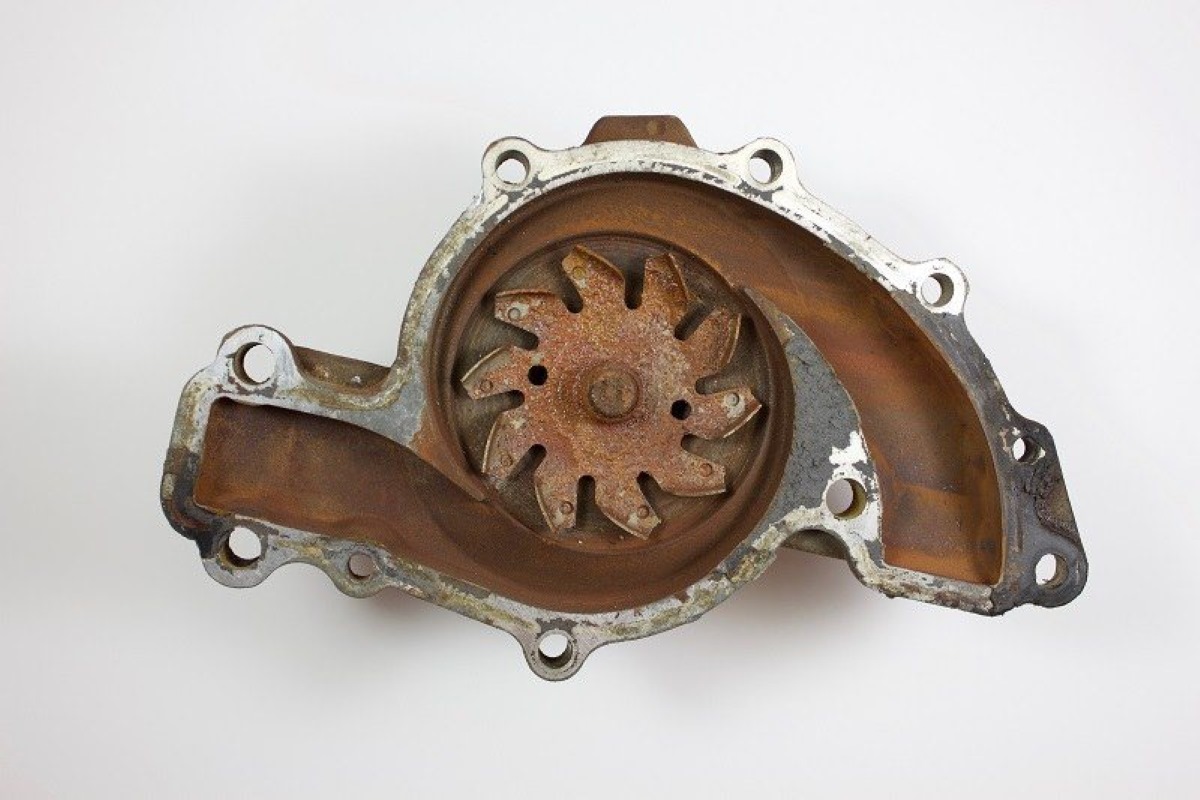

Articles
How To Know Water Pump Is Going Bad
Modified: January 6, 2024
Learn how to identify a failing water pump in this informative article. Discover the signs, symptoms, and steps for replacement.
(Many of the links in this article redirect to a specific reviewed product. Your purchase of these products through affiliate links helps to generate commission for Storables.com, at no extra cost. Learn more)
Introduction
A water pump plays a crucial role in the functioning of a vehicle’s cooling system. It is responsible for circulating coolant through the engine and radiator, helping to regulate the temperature and prevent overheating. However, like any mechanical component, water pumps can wear out over time and eventually fail. Recognizing the signs of a failing water pump is essential for ensuring the durability and performance of your vehicle.
In this article, we will be discussing the common symptoms of a failing water pump and steps you can take to determine if your water pump is going bad. By being aware of these signs, you can address the issue promptly and avoid potential engine damage or breakdowns.
So, let’s delve into the details and find out how to identify when your water pump is on the verge of failure.
Key Takeaways:
- Regularly inspecting coolant and listening for unusual noises can help identify a failing water pump early, preventing engine damage and costly repairs.
- Pay attention to engine performance, coolant leakages, and the water pump pulley to ensure optimal vehicle health and performance. Addressing water pump issues promptly is crucial for preventing overheating and potential breakdowns.
Read more: How To Know If A Water Pump Is Bad
Common Symptoms of a Failing Water Pump
Identifying the warning signs of a failing water pump can save you from expensive repairs and breakdowns on the road. Here are the most common symptoms to watch out for:
- Coolant leakage: One of the primary signs of a failing water pump is coolant leakage. You may notice a puddle of coolant underneath your vehicle when parked. It’s important to fix the leakage promptly, as running the engine without sufficient coolant can lead to severe damage.
- Irregular temperature gauge: If your temperature gauge frequently fluctuates between hot and cold or moves towards the “hot” zone, it’s a tell-tale sign that the water pump is not circulating coolant effectively. This erratic temperature behavior indicates an underlying issue with the water pump’s ability to regulate the engine temperature.
- Unusual noises: Another noticeable symptom is the presence of strange noises coming from the engine bay. You may hear a squeaking or grinding noise, which indicates that the water pump bearings are worn out and need replacement. Ignoring these noises can lead to further damage to the water pump and surrounding components.
- Overheating engine: When a water pump is failing, it no longer can circulate the coolant efficiently. As a result, the engine may start to overheat. If you notice the temperature gauge reaching the red zone or steam coming from under the hood, it is essential to address the issue immediately. Continuing to drive with an overheating engine can cause significant damage to the engine.
- Decreased engine performance: A faulty water pump can also lead to decreased engine performance. You may experience a loss of power, reduced acceleration, or rough idle. This happens when the engine is not receiving the proper amount of coolant, which affects its overall performance.
If you notice any of these symptoms, it is crucial to have your water pump inspected and repaired as soon as possible to prevent further damage to your vehicle’s cooling system and engine.
Check for Leakages
Inspecting your vehicle for coolant leakages is an important step in determining the health of your water pump. Here’s what you need to do:
- Visual inspection: Start by visually examining the engine bay and the area around the water pump. Look for any signs of coolant leakage, such as puddles or stains on the ground or components. You may also notice white residue or a sweet smell, which are indications of a coolant leak.
- Pressure test: If you suspect a coolant leakage but cannot locate the source, you can perform a pressure test. This test involves using a pressure tester to pressurize the cooling system while the engine is off. By doing so, you can detect any leaks or weak spots in the system. If the pressure drops rapidly, it indicates a potential leakage.
- Inspect hoses and connections: Check the hoses and connections associated with the water pump. Look for cracks, bulges, or signs of wear. These can be indications of a failing water pump or other cooling system issues. If you notice any damage, it’s important to replace the affected components promptly.
- Monitor coolant level: Keep an eye on the coolant level over time. If you notice a significant drop in the coolant level without any visible leaks, it could indicate a problem with the water pump. In such cases, it’s advisable to have a professional inspection to identify the underlying issue accurately.
Checking for leakages is an essential step in diagnosing a failing water pump. By identifying and addressing any leaks promptly, you can prevent further damage to the cooling system and ensure the longevity of your vehicle.
Inspect the Coolant
Examining the coolant in your vehicle can provide valuable insights into the condition of your water pump. Here’s how you can inspect the coolant:
- Check the coolant color: The coolant should be a vibrant color, such as green, red, or orange, depending on the type of coolant used. A dark or rusty color may indicate contamination or the presence of debris, which can be a sign of a failing water pump or other cooling system issues.
- Observe the coolant consistency: The coolant’s consistency should be smooth and free of any sediments or particles. If you notice any chunks, sludge-like substances, or a gritty texture, it could be an indication of a failing water pump or other internal engine problems.
- Check for air bubbles: Start the engine and let it run for a few minutes. Observe the coolant reservoir for the presence of air bubbles. Continuous air bubbles coming up when the engine is running may suggest a failing water pump or a leak in the cooling system, leading to improper circulation of coolant.
- Monitor coolant levels: Keep an eye on the coolant levels over time. If you notice a significant decrease in coolant levels without any visible leaks, it may be a sign that the water pump is not effectively circulating coolant. In such cases, further inspection by a professional is recommended to diagnose the exact cause.
Regularly inspecting the coolant in your vehicle can help you detect any issues with the water pump early on. By addressing these issues promptly, you can prevent overheating and potential damage to the engine.
Listen for Unusual Noises
Paying attention to the sounds coming from your vehicle can provide valuable clues about the health of your water pump. Here’s what you should listen for:
- Squeaking or squealing: If you hear a high-pitched squeaking or squealing noise coming from the engine bay, especially when the engine is running or during acceleration, this could be a sign of a failing water pump. The noise is often caused by worn-out bearings inside the water pump, indicating the need for a replacement.
- Grinding or growling: A grinding or growling noise coming from the water pump area can also indicate a problem. This noise may indicate severe damage to the bearings or impeller inside the water pump, resulting in inadequate coolant circulation. It’s crucial to address this issue promptly to prevent further damage and potential engine overheating.
- Gurgling or bubbling: When listening to your vehicle, if you hear gurgling or bubbling sounds coming from the radiator or coolant reservoir, it may suggest that the coolant is not flowing properly due to a failing water pump. This impaired circulation can result in engine overheating and potential damage.
- Whining or moaning: A constant whining or moaning noise can be an indicator of a faulty water pump. This noise typically occurs when the pump is struggling to circulate coolant efficiently, causing increased friction and strain.
If you notice any unusual noises as described above, it’s essential to have your water pump inspected by a qualified mechanic. Ignoring these sounds can lead to more significant problems down the line and potentially costly repairs.
If you notice a decrease in coolant levels, strange noises coming from the water pump, or visible leaks, it may be a sign that your water pump is going bad. It’s important to have it inspected and replaced if necessary to avoid engine damage.
Read more: How To Know If Car Water Pump Is Bad
Overheating Engine
An overheating engine is a clear indication that something is amiss with the cooling system, including the water pump. Here’s what you need to know about engine overheating:
- Rising temperature gauge: Keep an eye on the temperature gauge on your dashboard. If it starts to climb into the “hot” zone or continuously fluctuates between hot and cold, it suggests a problem with the cooling system. A failing water pump can cause inadequate circulation of coolant, leading to engine overheating.
- Steam or smoke from the engine bay: If you notice steam or smoke coming from under the hood, it’s a clear sign of engine overheating. This indicates that the cooling system is not effectively removing heat from the engine. It is crucial to address the issue immediately to prevent severe engine damage.
- Loss of power: An overheating engine can also result in a loss of power or reduced acceleration. This happens because excessive heat can cause the engine to enter a protective “limp mode” or even lead to engine seizures. If you experience a sudden loss of power along with other signs of engine overheating, pull over immediately and have your vehicle inspected.
- Unusual engine smells: When the engine overheats, it can produce unusual smells, such as a burning or sweet odor. These smells are indicative of coolant or engine oil being overheated or even leaking. It is crucial to diagnose and repair the issue promptly to prevent further damage.
Engine overheating is a serious issue that should not be ignored. If you notice any of the above signs, immediately pull over and allow the engine to cool down. It’s advisable to have your vehicle inspected by a professional to determine the cause and to avoid potential engine damage.
Look for Engine Performance Issues
A failing water pump can impact the overall performance of your engine. Here are some engine performance issues to be aware of:
- Loss of power: If you experience a sudden loss of power or a decrease in overall engine performance, it could be a result of a failing water pump. The inadequate circulation of coolant can lead to overheating, which in turn affects the engine’s power output.
- Poor fuel efficiency: A malfunctioning water pump can also contribute to poor fuel efficiency. When the engine is not receiving sufficient coolant flow, it may compensate by running hotter and using more fuel. If you notice a significant decrease in fuel efficiency paired with other signs of a failing water pump, it’s essential to have it inspected.
- Rough idle or stalling: A failing water pump can cause the engine to operate at higher temperatures, leading to a rough idle or even stalling. If your engine is exhibiting these symptoms, it’s crucial to have it checked to prevent further damage to the engine or potential breakdowns.
- Difficulty starting: A water pump that is not functioning properly can also impact the engine’s ability to start. If you find yourself having difficulty starting the engine, particularly when it’s hot, it could be a sign of a failing water pump. In this case, seeking professional advice is recommended.
If you notice any of these engine performance issues, it’s important to have your vehicle inspected by a qualified mechanic. Addressing a failing water pump promptly can help prevent more significant engine problems and ensure your vehicle’s optimal performance.
Pay Attention to the Water Pump Pulley
The water pump pulley is an essential component of the water pump system, and its condition can provide valuable insights into the health of the water pump itself. Here’s what you need to know:
- Inspect for wobbling or play: Start by visually inspecting the water pump pulley for any signs of wobbling, excessive play, or misalignment. If the pulley appears to be loose or not rotating smoothly, it could indicate a problem with the water pump bearings or pulley alignment. In such cases, it’s essential to have the water pump inspected and repaired.
- Listen for squeaking or grinding noises: When the water pump pulley is damaged or experiencing issues, it can produce squeaking or grinding noises. These noises may indicate that the pulley or bearing is worn out and needs replacement. Ignoring these sounds can lead to further damage and potential failure of the water pump system.
- Observe for coolant leakage: Examine the areas around the water pump pulley for any signs of coolant leakage. If you notice coolant stains or drips, it’s a clear indication of a possible issue with the water pump or its seal. Coolant leakage from the pulley area should be addressed promptly to prevent engine damage.
- Check for pulley damage: Inspect the water pump pulley for any visible damage, such as cracks, chips, or missing teeth. Damaged or worn pulley can disrupt the proper functioning of the water pump system and should be replaced as soon as possible.
By paying attention to the condition of the water pump pulley, you can catch potential issues with the water pump early on and take the necessary steps to prevent further damage or failure. If you notice any abnormalities or suspect a problem, it is advisable to have a professional mechanic inspect and address the situation.
Conclusion
Being aware of the common symptoms of a failing water pump is crucial for maintaining the health and performance of your vehicle’s cooling system. By promptly identifying and addressing issues with the water pump, you can prevent engine damage, overheating, and costly repairs. Here’s a summary of what we’ve discussed:
- Common symptoms of a failing water pump include coolant leakage, irregular temperature gauge, unusual noises, engine overheating, decreased engine performance, and issues with the water pump pulley.
- Checking for coolant leakages and inspecting the coolant can provide insights into the condition of the water pump. Watch out for puddles of coolant, irregular coolant color or consistency, and changes in coolant level.
- Listening for unusual noises, such as squeaking, grinding, or gurgling, can indicate a failing water pump and should be investigated further.
- An overheating engine is a clear sign of a problem with the cooling system, including the water pump. Pay attention to rising temperature gauges, steam or smoke from the engine bay, loss of power, and unusual engine smells.
- Engine performance issues, such as loss of power, poor fuel efficiency, rough idle, or difficulty starting, can be attributed to a failing water pump.
- Inspecting the water pump pulley for wobbling, play, or damage, as well as observing for coolant leakage, can provide insights into the health of the water pump and should not be overlooked.
If you notice any of these signs or symptoms, it’s advisable to have your vehicle inspected by a qualified mechanic. Addressing water pump issues promptly can help prevent further damage to the cooling system, engine overheating, and costly repairs.
Remember, regular maintenance, including routine inspections of the water pump, is vital for ensuring the longevity and performance of your vehicle. By staying proactive and attentive to the health of your water pump, you can enjoy a smooth and worry-free driving experience.
Frequently Asked Questions about How To Know Water Pump Is Going Bad
Was this page helpful?
At Storables.com, we guarantee accurate and reliable information. Our content, validated by Expert Board Contributors, is crafted following stringent Editorial Policies. We're committed to providing you with well-researched, expert-backed insights for all your informational needs.
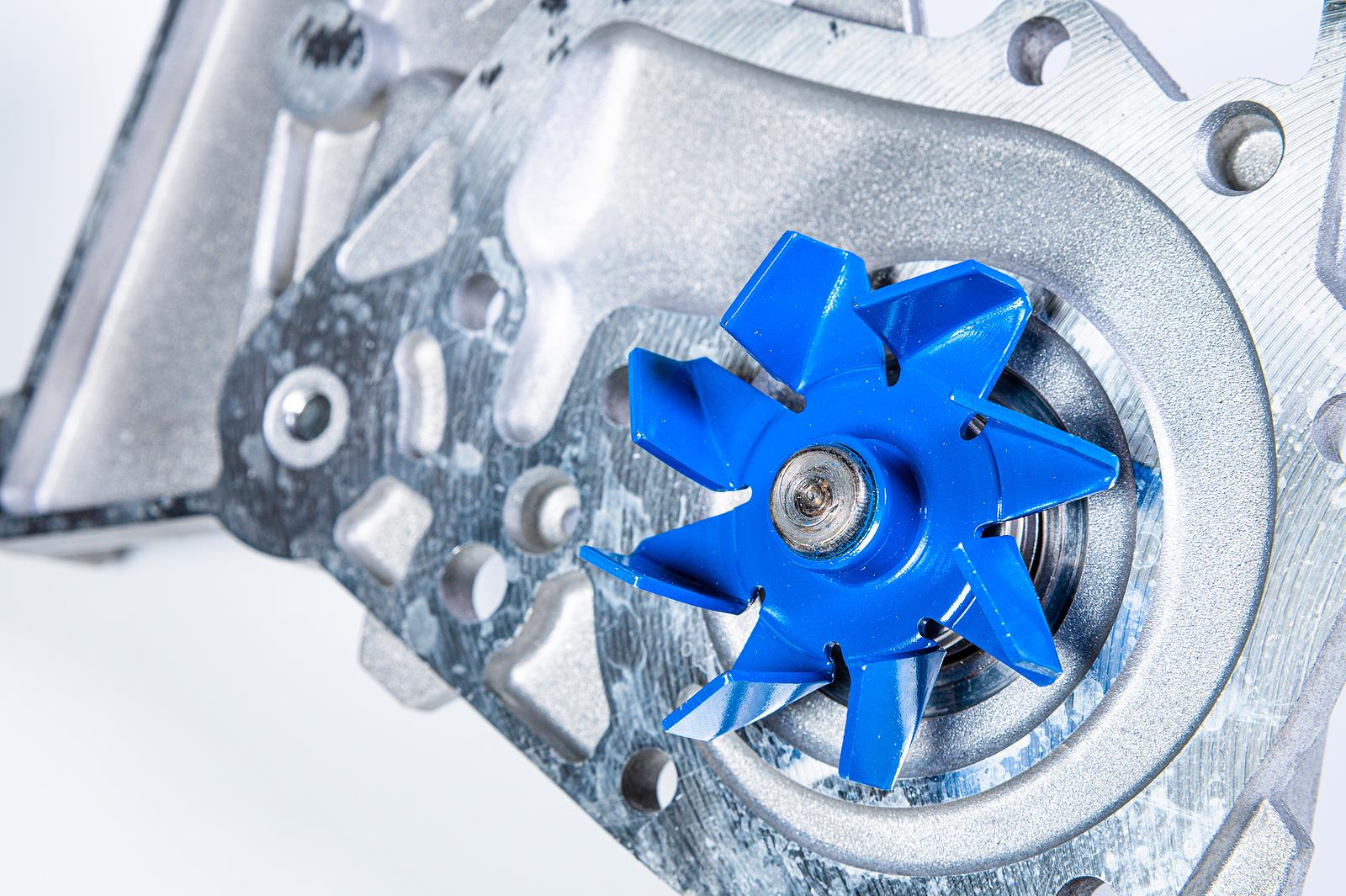
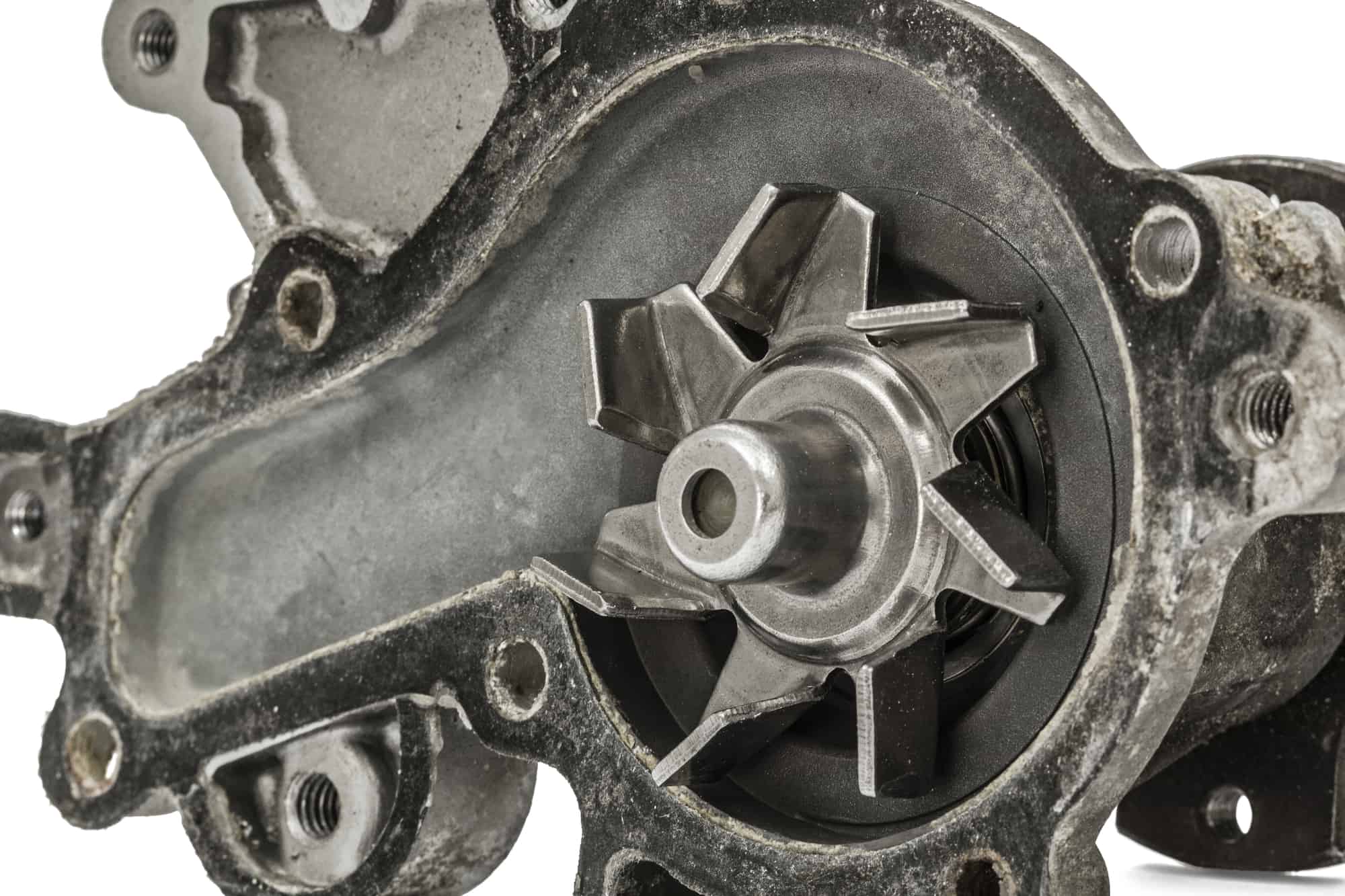
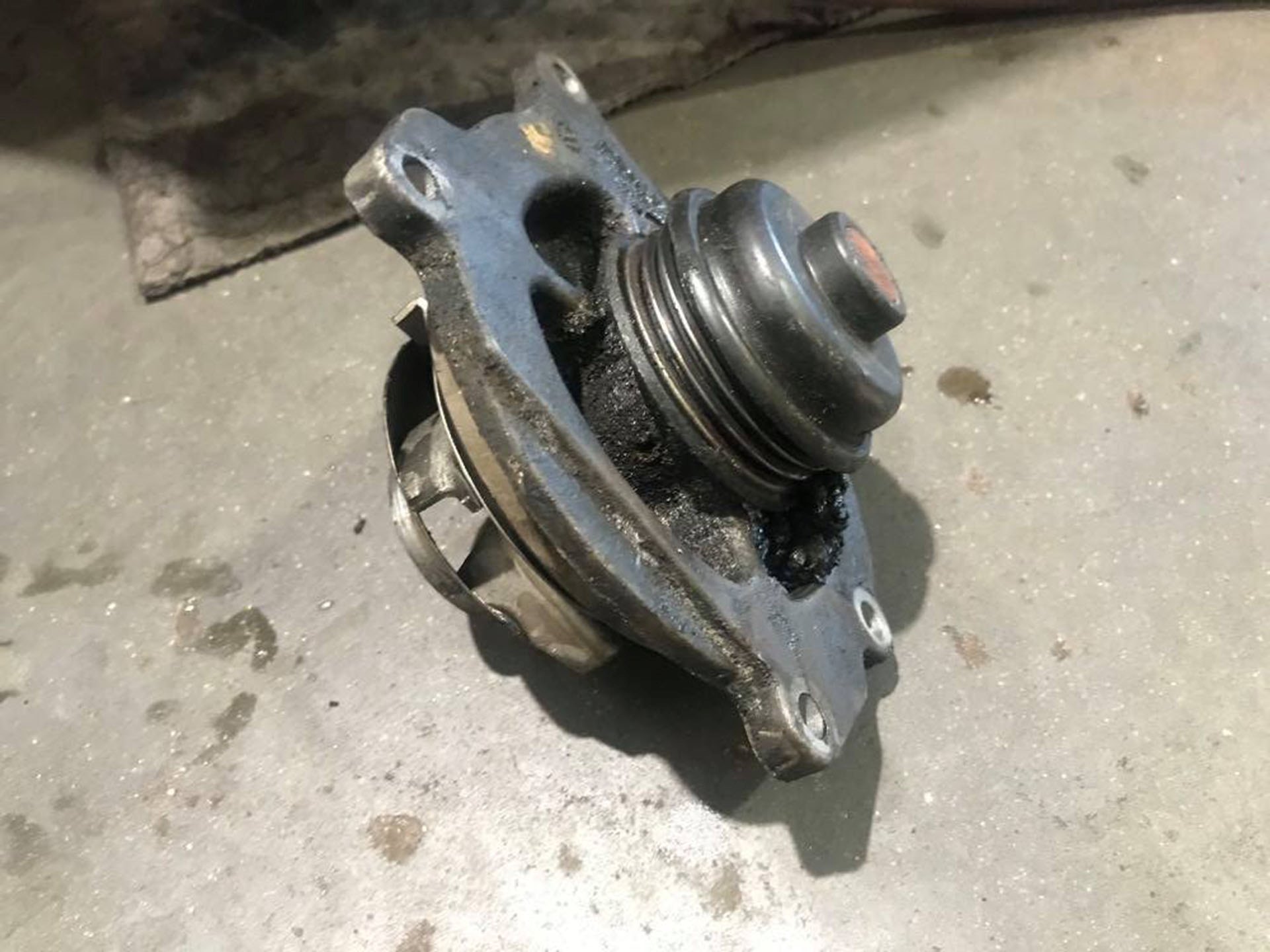
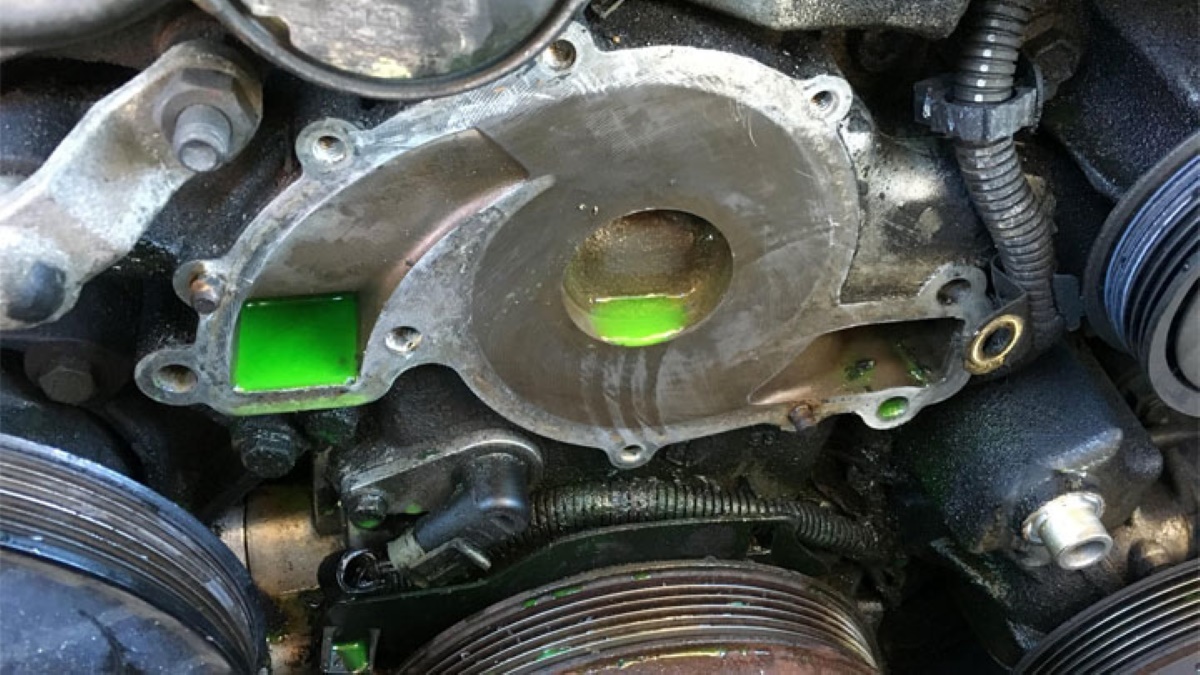
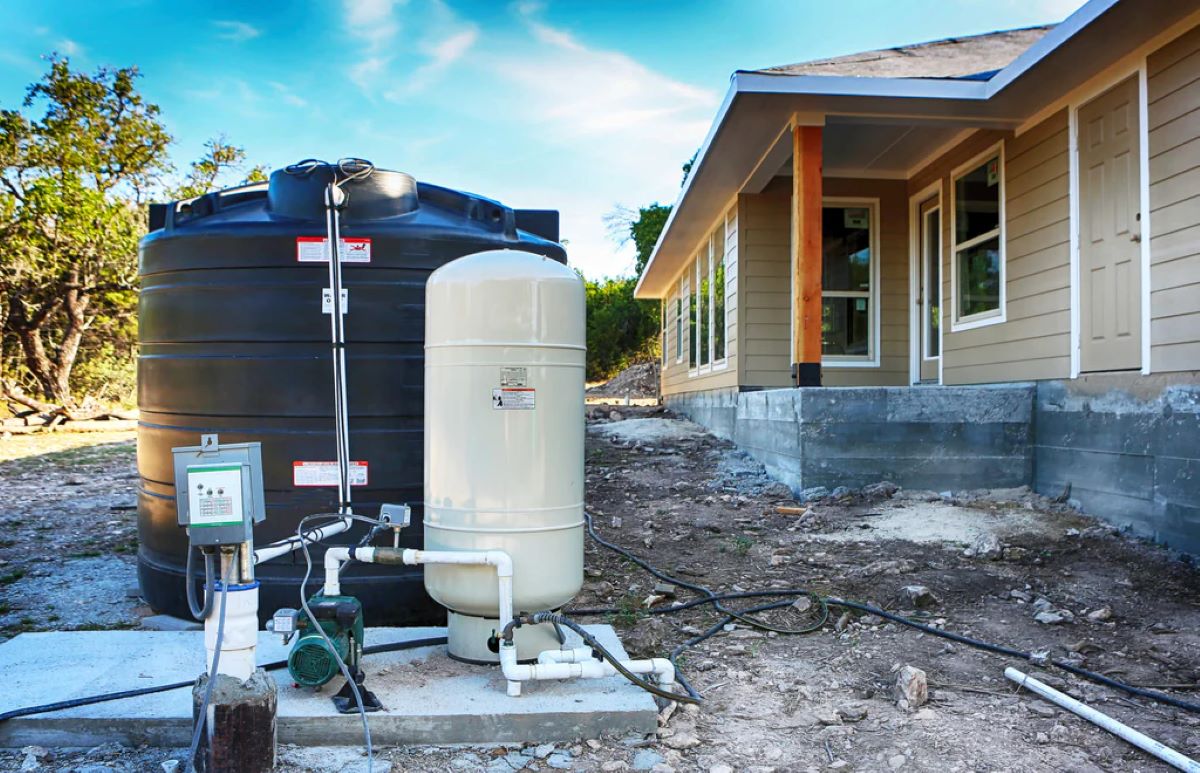

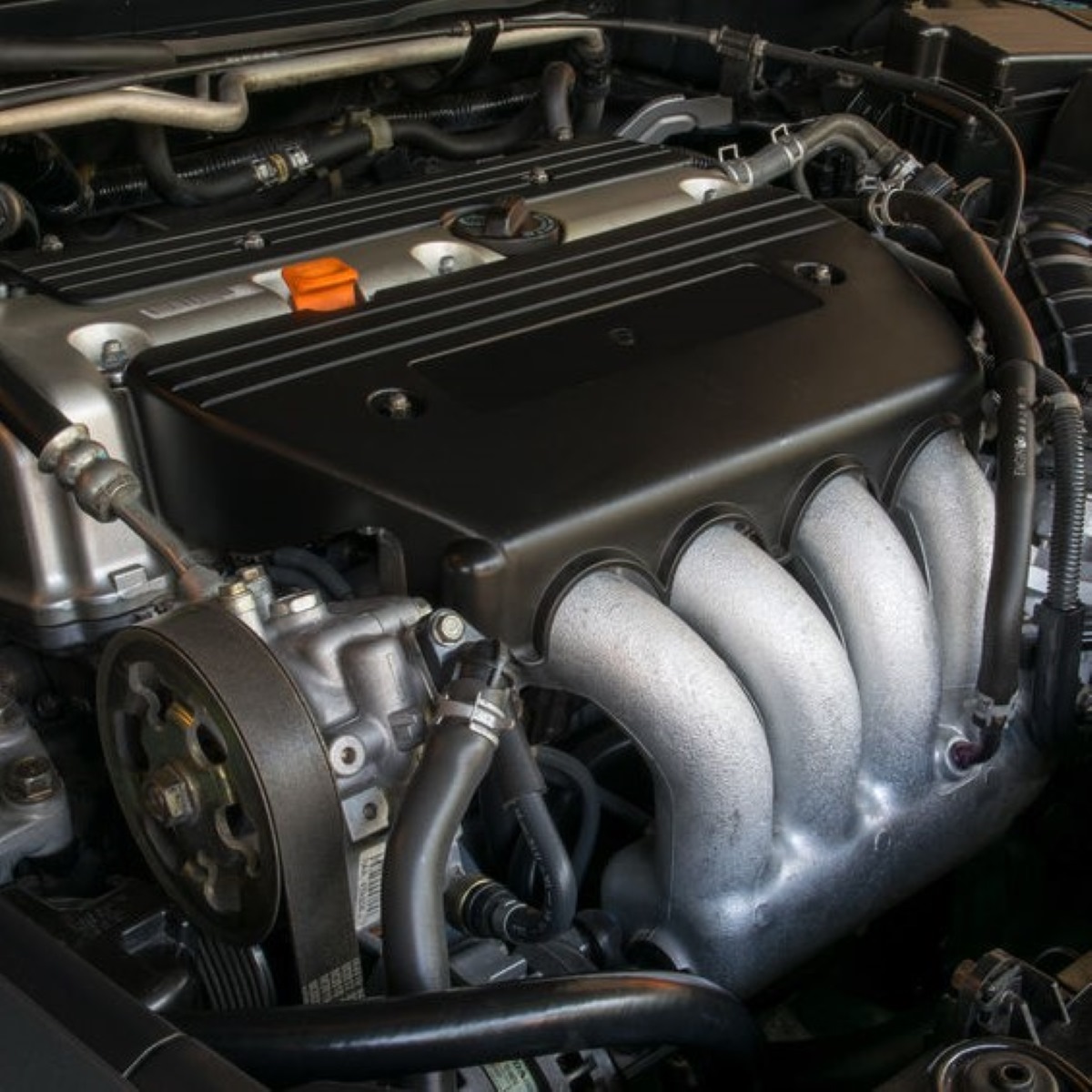
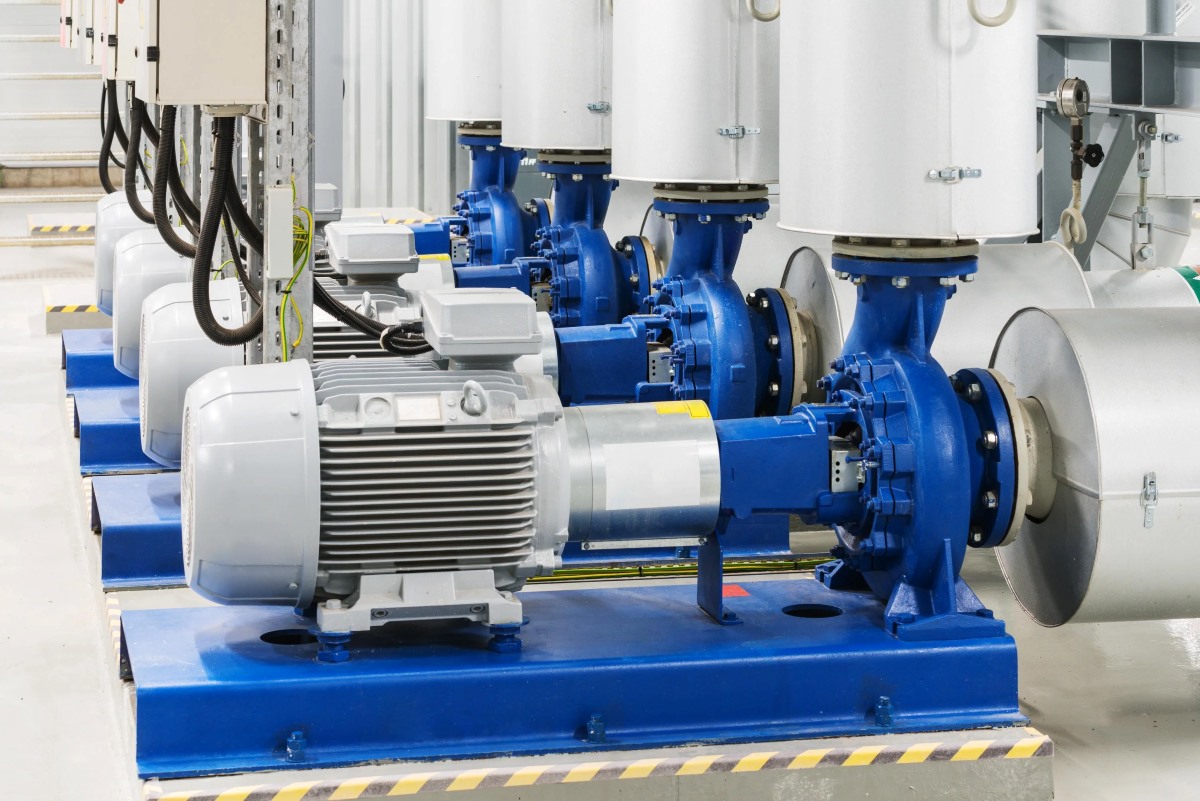
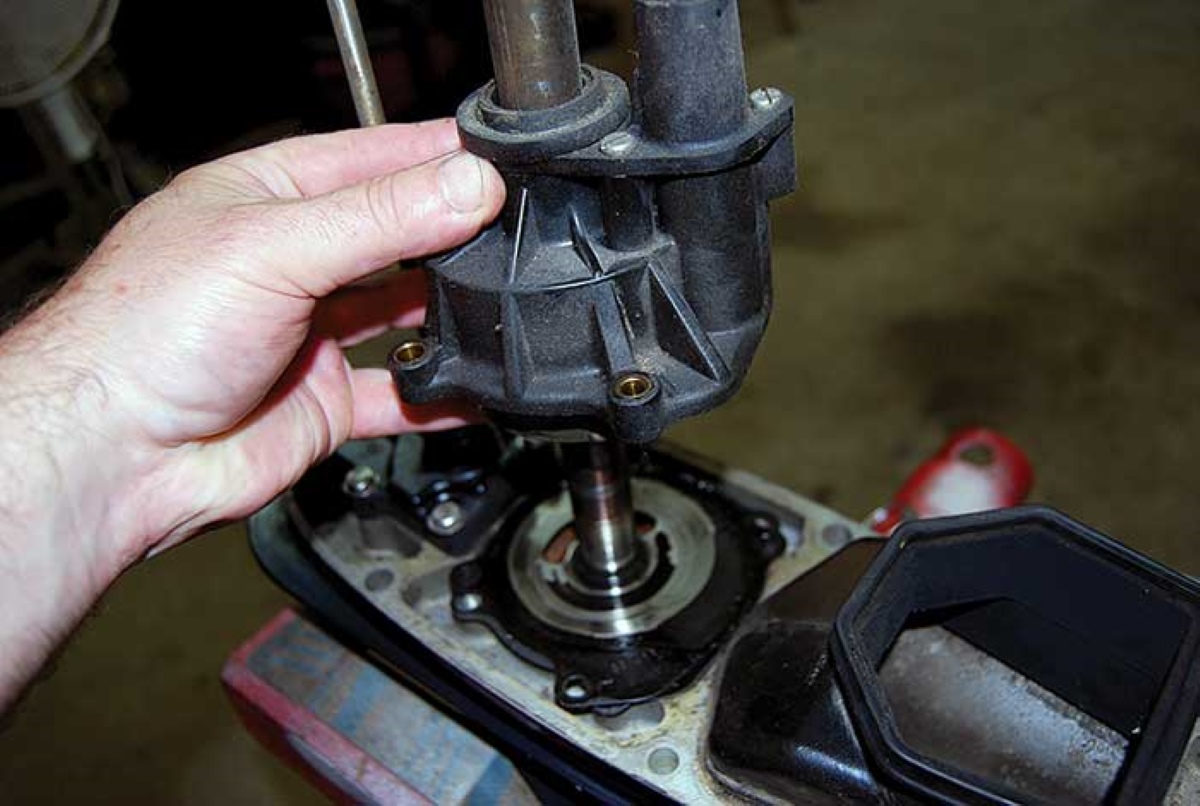
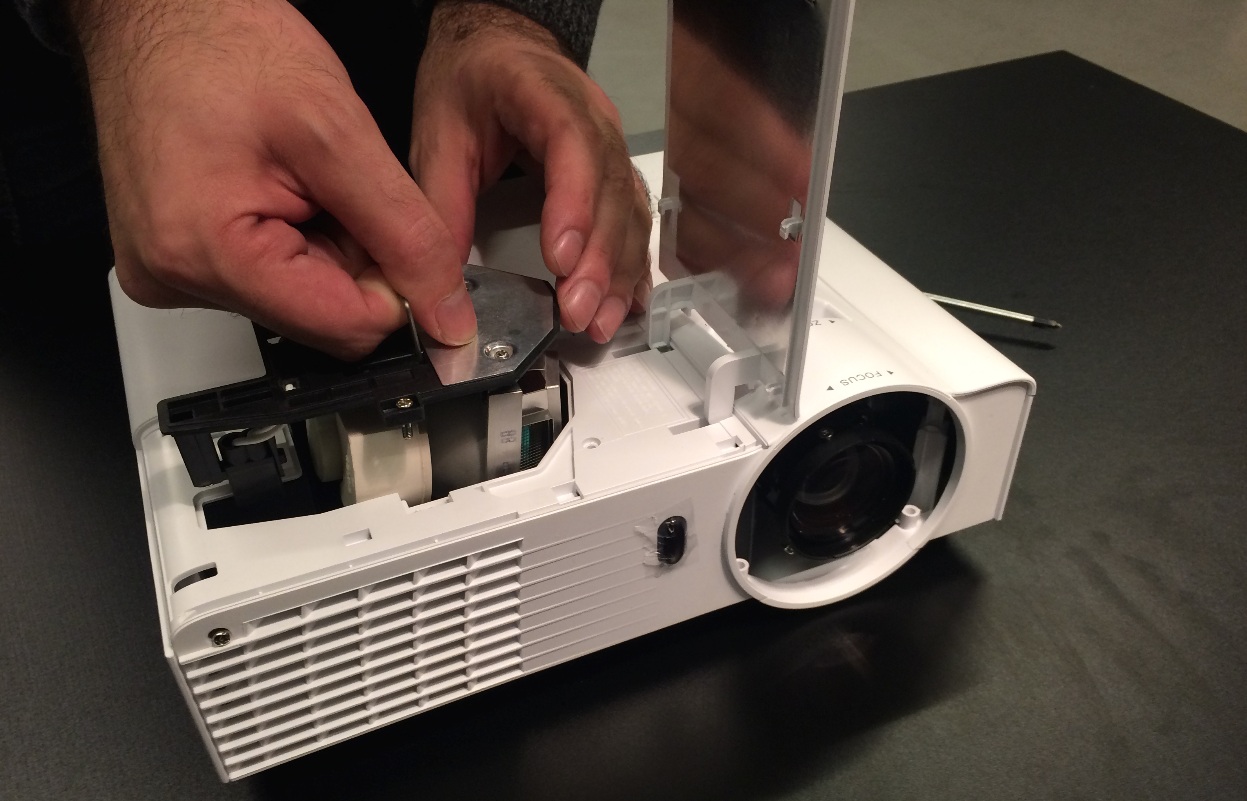
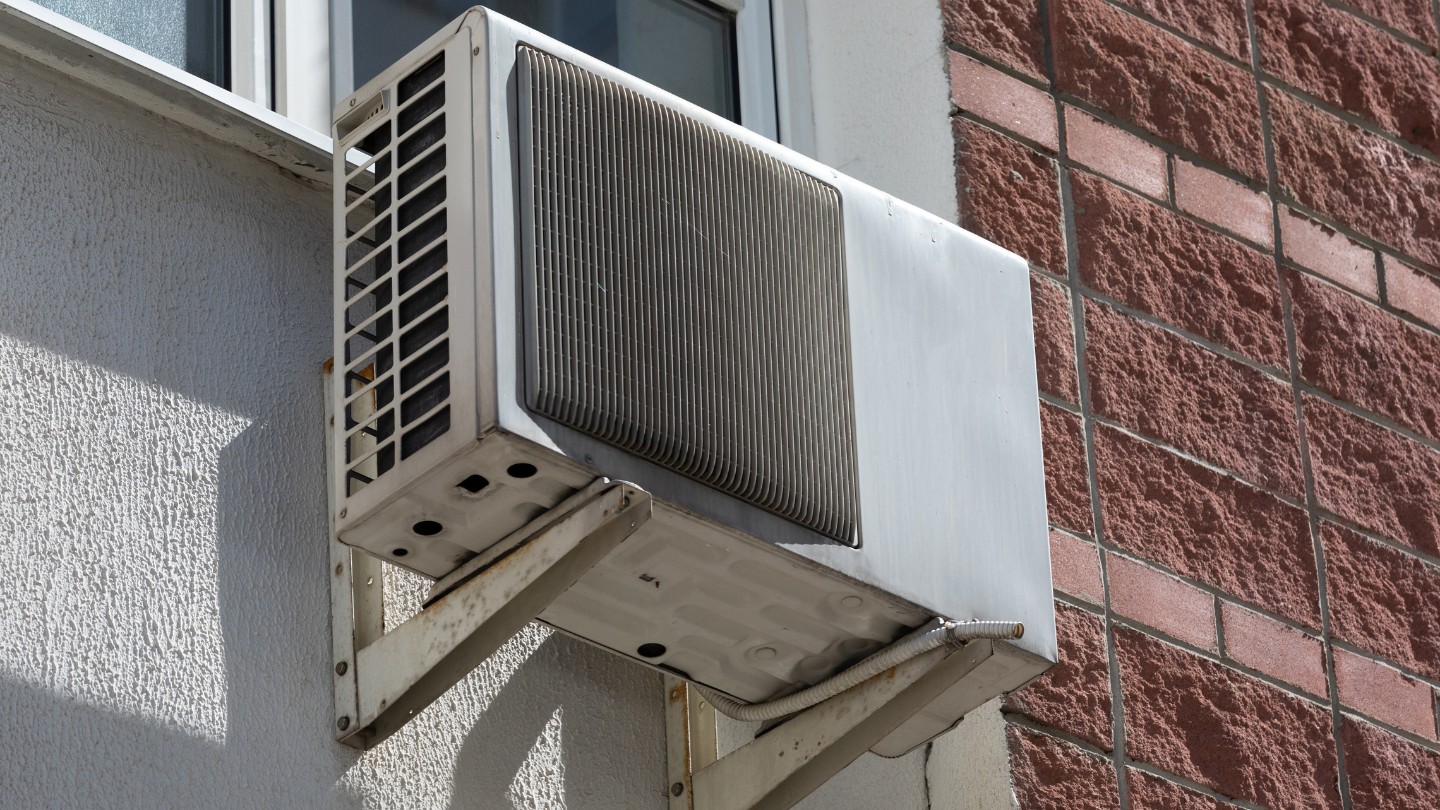
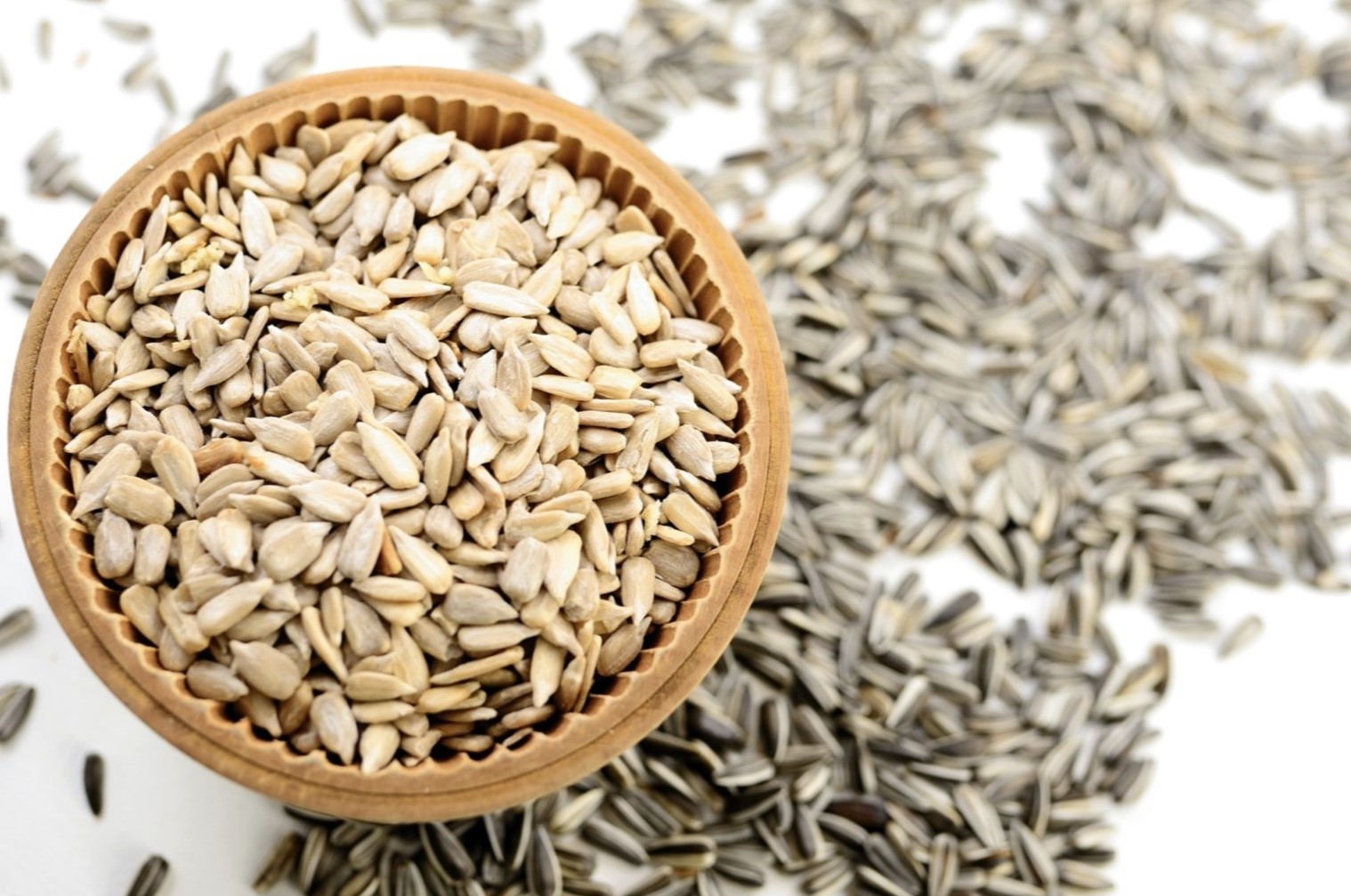
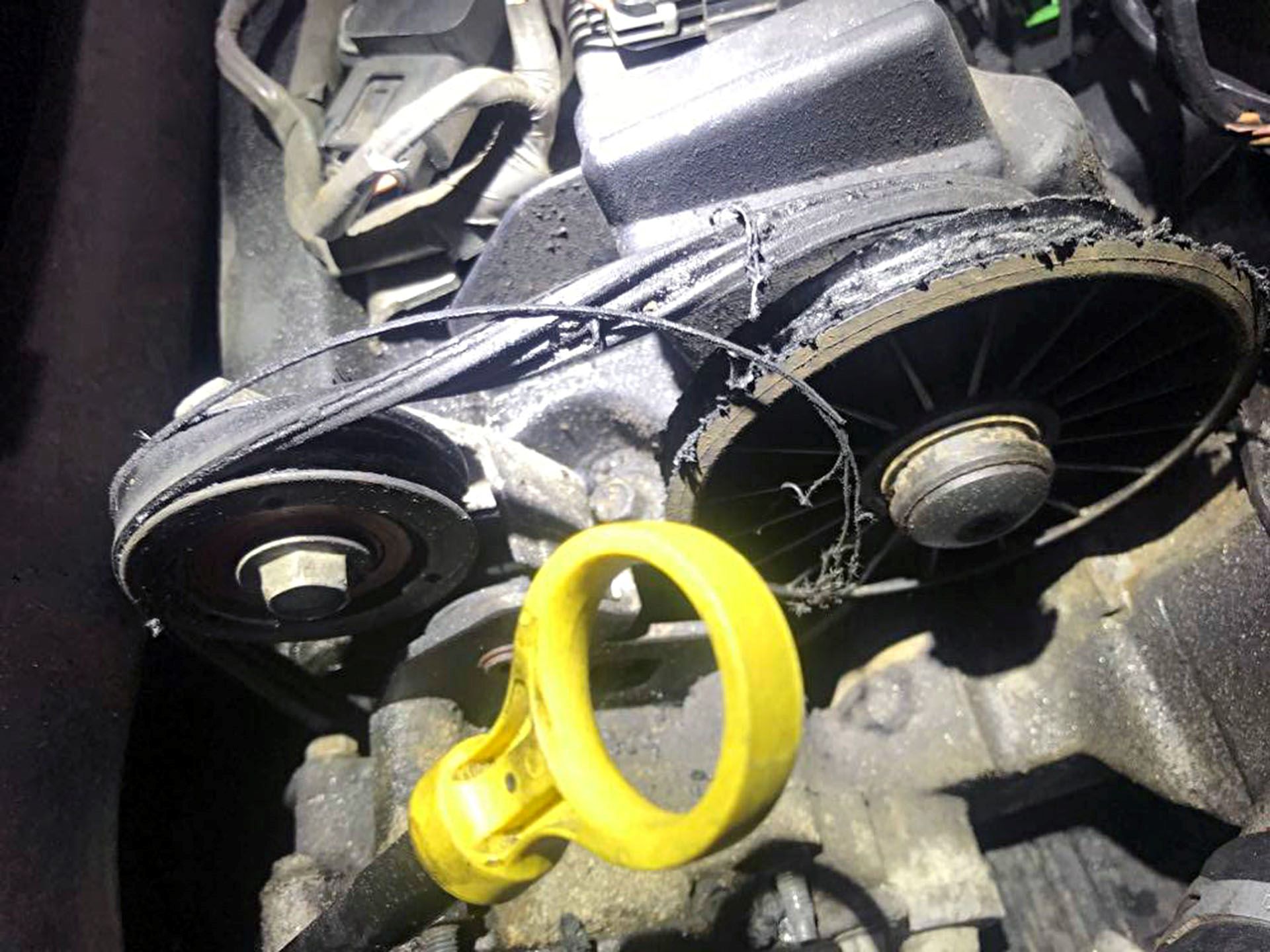
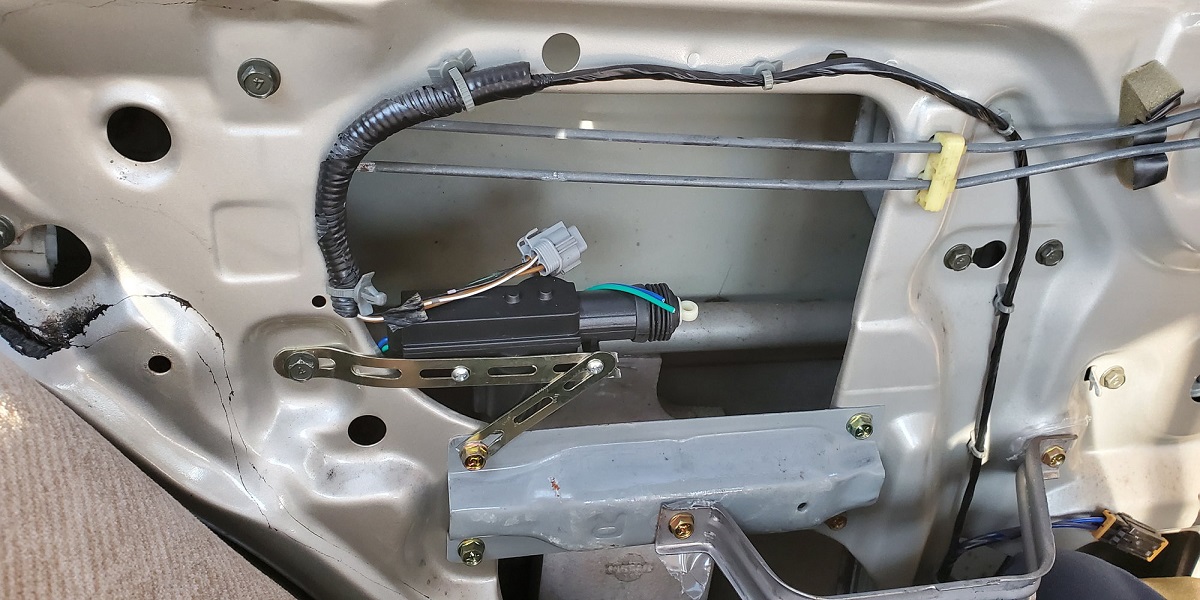

0 thoughts on “How To Know Water Pump Is Going Bad”